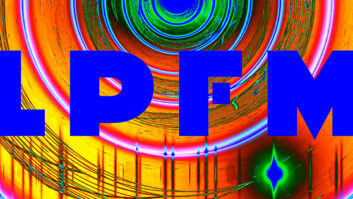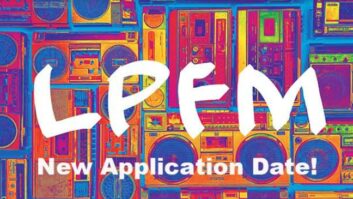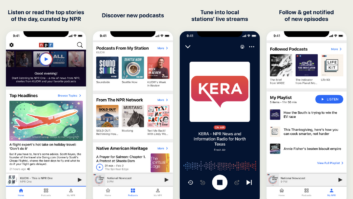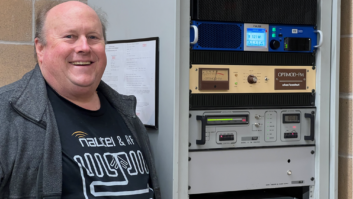
And this is something I’ve been meaning to write about: NPR Labs has uploaded to its Web site an expanded version of the “Advanced IBOC Coverage & Compatibility Study” report previously delivered to the commission. The new version adds test results on FM host compatibility or noise degradation at various IBOC transmission powers and an analysis of IBOC coverage increases at higher digital power.
John Kean says NPR found that noise increased with IBOC injection, as you’d expect; but you might be surprised to know that noise was significantly higher at stronger signal strength. Noise increase with IBOC injection or with higher service modes, such as MP3, and the combinations of power and mode are included in the final report. Kean tells me he found it surprising to find that in all cases, noise increased with stronger signal strength.
Design and performance factors that are common to both newer and older receivers were found. Section 7 of the final report details the signal-to-noise test results for a large number of consumer receivers.
There are other noise sources like manmade electrical noise, noise in the audio program, etc., that will mask these effects; however there are losses in received signal-to-noise ratio that should be considered when adding both extended partitions and higher IBOC power, he said.
The data is notable in that stations can glean not only the potential effect of increasing their FM digital power on their first-adjacent neighbors, but the potential ramifications on their own FM analog signal, too.
You can download the report here (PDF); note that it is an 8 MB file.












